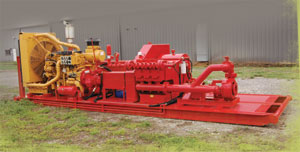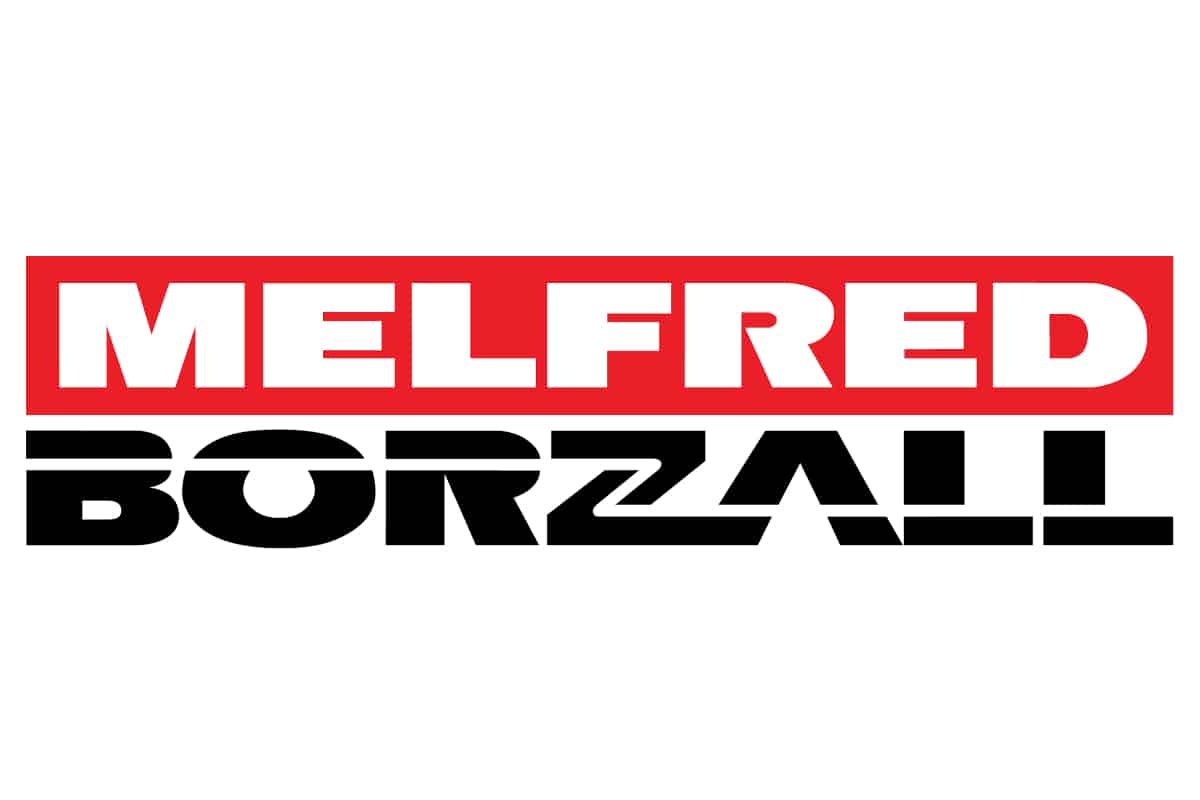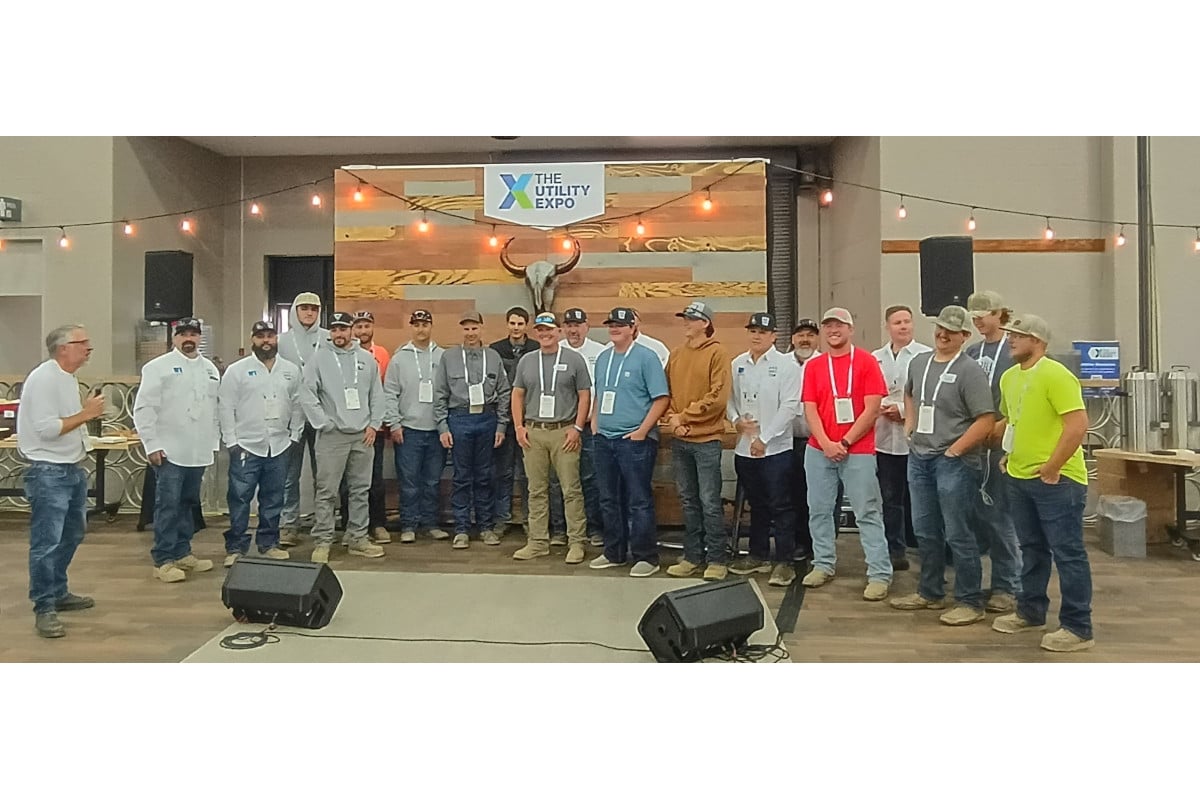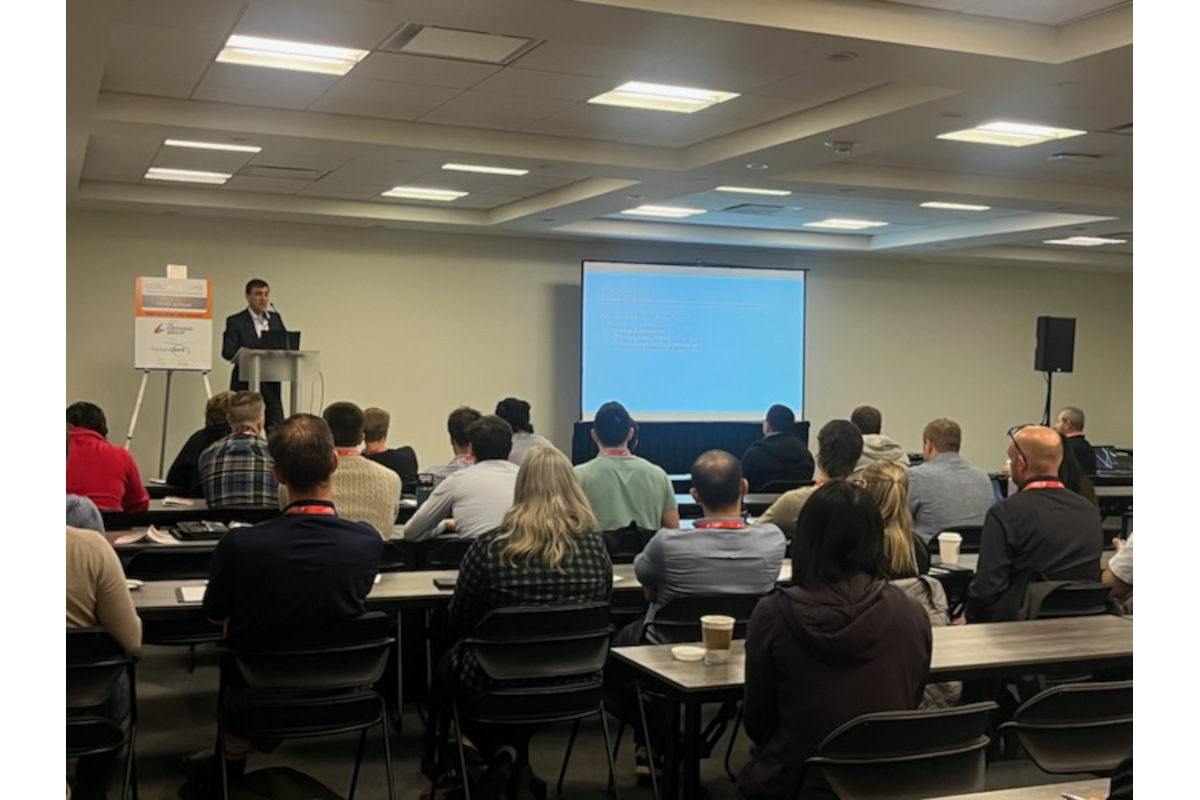Pump It Up
 In today’s society, we’re always upgrading. Whether it’s super-sizing a value meal at the local fast food restaurant or turning in the modest sedan for a rugged SUV, we’re always pushing to make things bigger and grander.
In today’s society, we’re always upgrading. Whether it’s super-sizing a value meal at the local fast food restaurant or turning in the modest sedan for a rugged SUV, we’re always pushing to make things bigger and grander.
To keep true to the ever popular phrase, “bigger is better,” some HDD contractors have been making adjustments to their already tough fleets and mid-size rig contractors are no exceptions. These drilling contractors are upping the ante and replacing their 300- to 500-gallons per minute (gpm) mud pumps with larger 700- to 800-gpm triplex mud pumps — a trend that’s producing big results in less time.
Contractors with mid-size rigs, which can be anywhere from 25,000 to 80,000 lbs of pullback, are beginning to use larger mud pumps to install a larger diameter product and attempt longer bores. Bigger equipment is needed, since these types of projects have higher mud flow requirements, explains Ed Savage, trenchless segment manager for Vermeer Corp., an HDD equipment sales company based in Pella, Iowa.
The need for contractors to complete longer bores on shorter time scales has driven the use of larger pumps on projects. Not only can a contractor produce project results, they can do so in a much shorter timeframe than with the standard 300- to 500-gpm mud pump.
“As the product line to be installed became larger and longer, the contractor needed larger mud pumps to excavate and move a greater volume of cuttings from the hole to complete the project in a timely fashion,” says Mike Sadler, national sales manager for Tulsa Rig Iron Inc., an HDD equipment manufacturer based in Tulsa, Okla.
The most prevalent advantage contractors have with using a larger mud pump is having significantly more fluid flow available. The additional fluid flow aids crews in completing larger projects in less time and with the ability to utilize their drill rig, despite its smaller size.
“With this larger increase in fluid horsepower, the contractor will be able to make a larger pilot hole with a larger mud motor. He will be able to use larger reamers, go longer distances, eliminate one to two reaming passes [depending on the hole size] and complete these projects quicker — all with the same size drilling rig,” explains Sadler.
However, as with all new ideas and technologies, difficulties and challenges also come about. The drilling rig’s water course can pose a problem when a contractor attempts to pair a larger mud pump with the machine, notes Sadler. Since the inside diameter of the drilling rig’s piping system determines the maximum amount of flow that can be pumped through the drilling rig and drill pipe, the water course and larger mud pump need to be in accordance with one another. Another concern is that a mud cleaning system is usually used along with the larger mud pump, requiring more set up space at the jobsite.
As a movement in the industry, Sadler asserts that upsizing to a larger pump is a small but growing trend. With larger and more complex jobs being requested of contractors, the more need there is to upgrade to a larger mud pump system. Sadler notes that contractors first began requesting these larger pumps about four years ago.
“In most cases, the larger mud pump will have a positive impact on the bottom line for the contractor,” says Sadler. “A drilling rig can only go as fast as the mud pump can excavate the cuttings from the hole. So with more gpm, the hole can be made faster and time is money. With the increased gpm, the contractor can increase the scope of work his or her drill rig can do.”
On the other hand, Savage notes: “With today’s machines I don’t believe we will see much larger pumps. When a contractor gets up to a certain volume of mud pump he or she will need to start realizing the ramifications of any additional flow, i.e. cleanup, etc.”
However, Savage does believe that under certain circumstances, such as wanting to do larger projects with a smaller rig, opting for a larger pump is good for the industry, as well as a complement to proper boring practices. Since a contractor should always be aware of soil conditions, the larger pump assists in utilizing the correct volume of fluid for those conditions.
Going Around the Rig
Another occurrence happening in the HDD industry has been mud pump bypassing. With this concept, contractors are sidestepping the use of the rig’s onboard mud pump and utilizing a larger, separate pump. Mud pump bypasses involve tying an external mud pump directly into the drill rig’s piping system, ‘bypassing’ the onboard mud pump found on most mid-size drill rigs, explains Sadler.
Contractors are utilizing mud pump bypass equipment so they can connect a larger fluid pump and drill at further distances and greater capacities. In addition, the further a contractor drills, the more pressure is needed and the larger pump supplies that pressure at a steady rate. The material that a contractor must drill through also relies on the use of a bigger rig, says Richard Levings, senior product manager of HDD equipment for Ditch Witch, based in Perry, Okla.
“The times we’ve seen a contractor use a bypass is when he or she wanted to drill through rocks or other tough materials and they need a higher flow,” says Levings. “The bypass allows an operator to connect a larger pump and pump higher flows. Oftentimes, motors are dependent upon pressure as well. A lot of the units onboard the rig don’t have the high pressure needed to go further distances. The bypasses allow for higher pressures and the ability to maintain that pressure for the entire distance of a bore.”
There are some precautions to be taken when adding a mud pump to a fleet of equipment. The extra hassle of caring for the added equipment comes into play, as well as the unit’s individual operational components.
“The inconvenience is that you have to have a separate control system to control the fluid pump and those controls aren’t built in to the self-contained unit,” says Levings. “You also have added costs, since you’re running more diesel and there’s the added maintenance to worry about. But for those people who want to do those types of jobs, it’s a good alternative for them.”
Although mud bypass has not been a frequent companion on the jobsite, Levings still believes it is a useful practice in the industry — both for getting jobs completed and for doing so with a smaller unit.
“I think a mud bypass serves to support the industry,” says Levings. “It allows a contractor to do more with a smaller unit. It’s not a big part of the industry, but it’s a helpful tool people use when the project calls for it. We have had the requests for bypasses, but not enough to say it’s a trend.”
Pam Stask is an assistant editor for Trenchless Technology.




